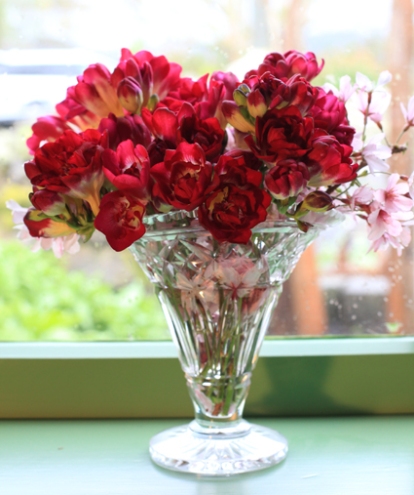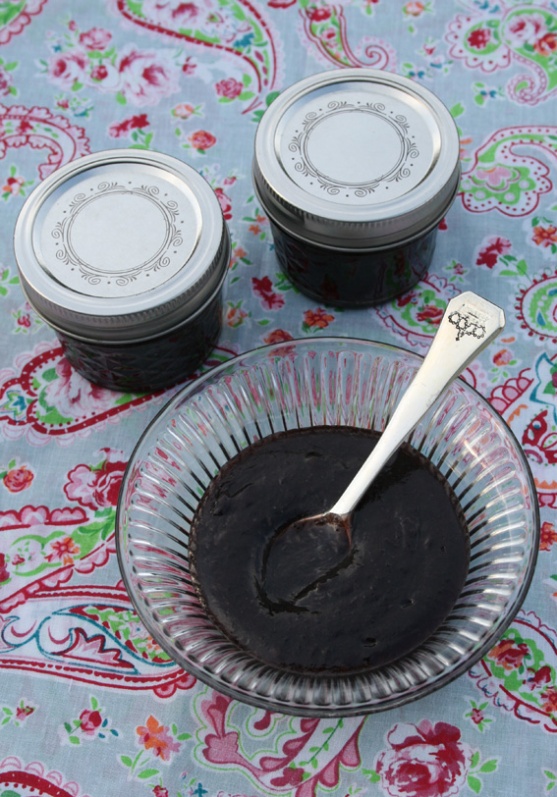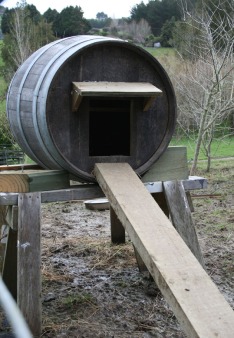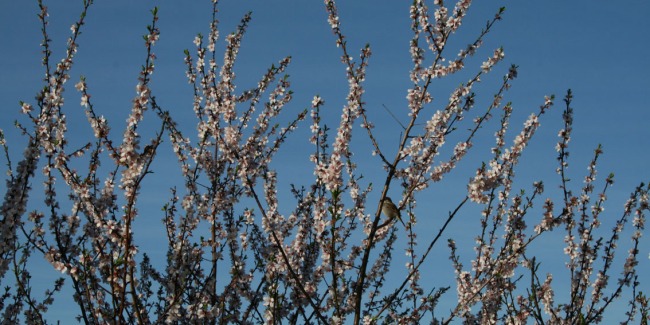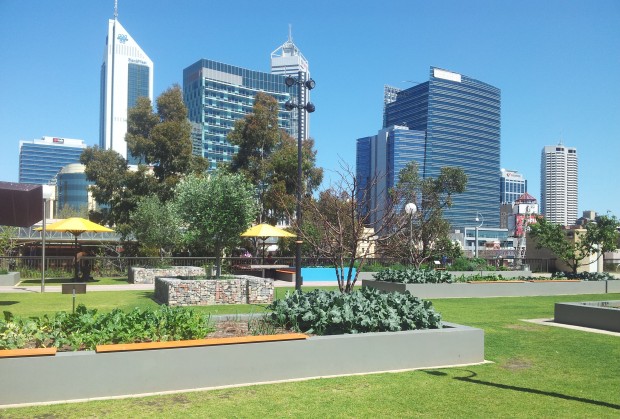 It’s not often that I sit down to read the newspaper, only to read a snippet of such riveting advice that I immediately action it. But after reading my own column (ha!) in the Sunday Star Times last weekend, I* immediately went outside and planted 25kg of ‘Summer Delight’ seed potatoes. I’d like to say I’m simply practising what I preach, but actually I’m running a month later than usual (last year all my spuds were in the ground in early August).
It’s not often that I sit down to read the newspaper, only to read a snippet of such riveting advice that I immediately action it. But after reading my own column (ha!) in the Sunday Star Times last weekend, I* immediately went outside and planted 25kg of ‘Summer Delight’ seed potatoes. I’d like to say I’m simply practising what I preach, but actually I’m running a month later than usual (last year all my spuds were in the ground in early August).
(*Actually my darling, husband did all the serious digging, but I was furiously weeding the rows before he cultivated and composted the soil with a kick-ass rotary hoe. The hire place loves us in spring. I really must acquire my own rotary hoe but the really good ones are damn expensive. I wonder if I could rustle up enough fellow-minded local green thumbs to go shares in one…)
Here’s my column if you missed it:
You say potato, I say plant them now. Don’t delay. Dig a hole, shove in a seed spud, shovel soil over the top then sit back and pray that blasted psyllids don’t sink their fangs into them. If you do it this morning, or this afternoon, or as soon as you finish reading the paper, you should just squeak in with a Christmas crop.
If I could only grow one thing, it would be potatoes. No argument. (If allowed two, I’d opt for a king-sized bed of thornless ‘Berry Delight’ brambles, a loganberry/boysenberry hybrid with fat, dark fruit that ripens in December.)
Back to potatoes. Let’s be frank. Size does matter. In spuds or men, it pays to seek the tallest, fittest, fastest, strongest, toughest and most virile variety you can lay your hands on. No question, that’s ‘Summer Delight’.
“Summer Who?”, you might well ask, for this creamy-fleshed, golden-skinned variety isn’t yet a household name like ‘Agria’, ‘Nadine’ or ‘Heather’. But take my word, it should be. I’ve trialled it for two years and it offers a terrific rate of return: for every 1.5kg bag of seed potatoes, expect to reap at least 20kg of large, oval, golden-skinned, cream-fleshed tubers.
In Australia, it’s sold as ‘Golden Cream’. How typical of the Aussies to claim it as one of their own, when in fact it was bred in Pukekohe by John Anderson and his colleagues at Plant and Food Research. John has been breeding potatoes for longer than I’ve been alive, and he rates ‘Summer Delight’ for both vigour and yield.
Its parentage, in case you’re wondering, includes a Scottish heirloom called ‘Golden Wonder’ and ‘V394’, known colloquially as the Sir Tristram of spud siring. (“A failure in its own right, but a magnificent parent,” explain John.)
‘Summer Delight’ is a pearler of a potato: lush and leafy on top, with whopping great tubers that grow so quickly you’d swear it had been administered something by Lance Armstrong’s pharmacist. For this reason, it’s not much chop as a commercial variety. Unlike those small-but-perfectly-formed new season’s potatoes that fetch a pre-Christmas premium, ‘Summer Delight’ doesn’t know when to stop. Even when treated as an early variety and dug within 90 days, my tubers averaged 350g each. On the plus side, when it came to selling them at the farmers’ market, at least I didn’t have to faff about weighing and bagging them like baby ‘Jersey Bennes’. I just drew up a sign: three for $5.
Potatoes are cheap and easy to grow. There’s no special science involved. Though it’s best to buy certified, virus-free seed stock from a garden centre, those manky ones in your pantry will also do the business. Dig a trench at least 40cm deep, add a sprinkle of potato fertiliser and work in a bucket of compost for each plant. Space your seed potatoes 50cm apart, backfill the trench and mound up with more compost and mulch.
Potatoes prefer heavy soils; in sandy, light soils, they have a hard time getting a foothold and tend to spawn dozens of tiny, good for nothing tubers. So kids, pay attention: if you want to trump your peers in a school spud-in-a-bucket contest, fill your 10 litre bucket with garden soil, or a mix of soil and compost, rather than potting mix. Stake firmly too, as top heavy potted potatoes have a habit of toppling over.
For those with a competitive streak, try to match Christchurch gardener Peter Keller’s record haul from a single seed potato: 103 tubers of at least golf ball girth. His secret? Compost, and more compost. Three bags per plant, plus plenty of water and elbow room. He sets aside a full square metre per plant.
At this point in the season, frost is the potato’s main foe. It’s Delilah’s razor, Superman’s kryptonite. Frost brings potatoes to their knees, turns their blackened tops to mush. It’s not the freezing but the thawing that does the damage, so if you’re caught on the fly by a late frost, lay sheets of newspaper over the plants to keep the morning sun off until the ice melts.
Later on, the fungal disease blight is a nuisance but the tomato-potato psyllid is a greater menace. This sap-sucking insect with dubious oral hygiene breached our borders in 2006 and has been insidiously undermining tomato, potato, tamarillo and capsicum crops ever since. You can try to control it with a spray regime – drench the foliage weekly with Neem, or fortnightly with Mavrik – or do as I do: get all your spuds in now, and get them all out before high summer, when the psyllid population is at its peak.
